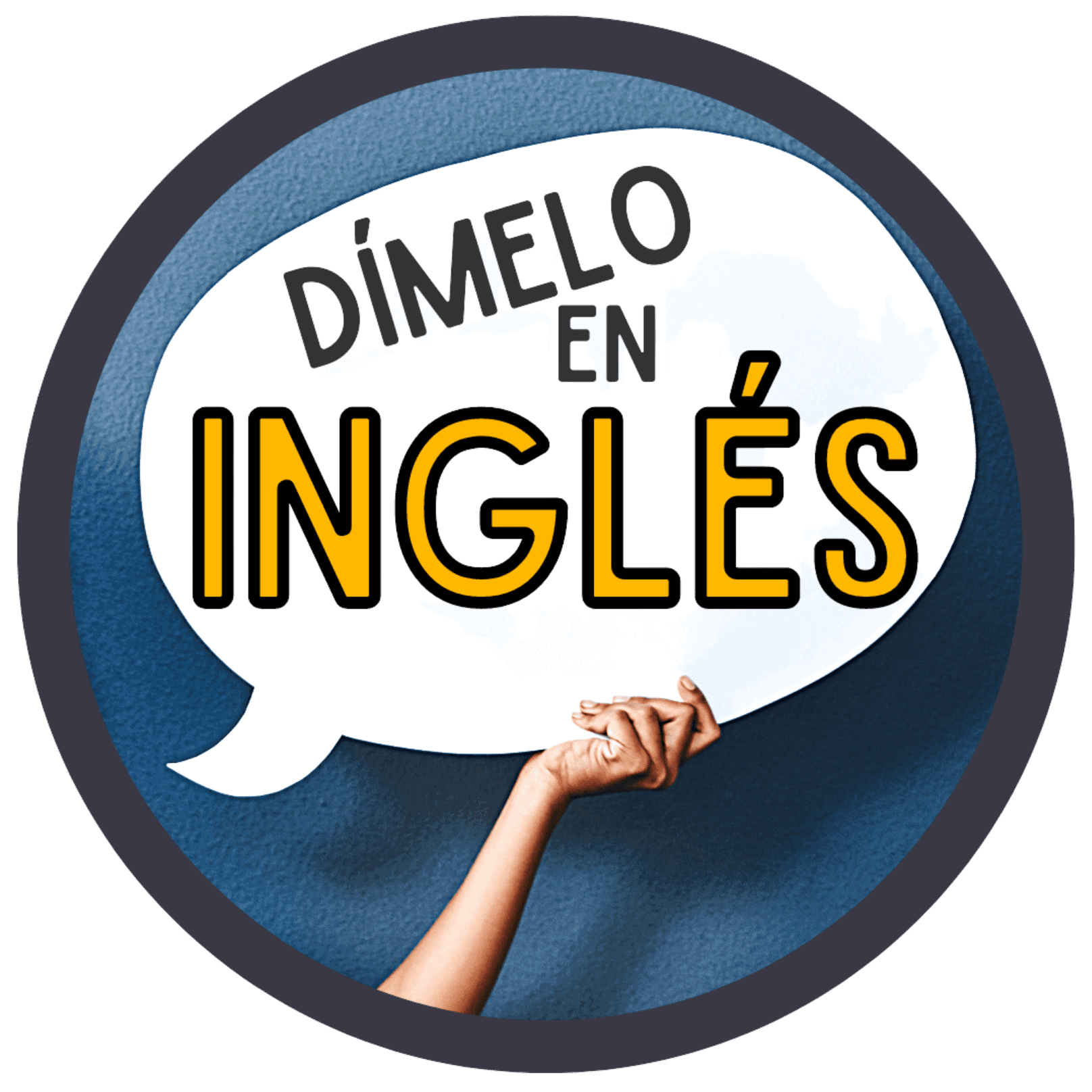- Ejercicio
- Explicación
- Video
📝 Instructions for the Activity
In this activity, you will see 10 sentences, each with a blank space.
Your task is to choose the correct answer from three options.
👉 Only one option is correct, so read carefully and choose the best one!
When you select an answer, the system will automatically check it and tell you if your choice is right or wrong.
At the end of the activity, you will get a summary of all your answers,
plus explanations for the correct ones, so you can learn and improve.
💪 Take your time, do your best, and most importantly—have fun learning!
Good luck!
Debes iniciar sesión para realizar este quiz.
1. JUST
Significado: “Acabar de”, “hace un momento”.
Se usa para indicar que algo ocurrió hace poco tiempo, en el pasado reciente. Es común en el presente perfecto.
Estructura:
En el presente perfecto, se coloca entre el auxiliar (have/has) y el verbo principal:
- Sujeto + have/has + just + verbo principal
Ejemplos:
- I have just finished my homework. (Acabo de terminar mi tarea.)
- She has just arrived. (Ella acaba de llegar.)
🔹 Nota: También puede usarse en otros tiempos para enfatizar que algo acaba de ocurrir:
- The phone just rang. (El teléfono acaba de sonar.)
2. STILL
Significado: “Todavía”, “aún”.
Se usa para indicar que algo sigue ocurriendo o no ha cambiado. Es más común en oraciones afirmativas o negativas.
Estructura:
- En afirmativas: Sujeto + still + verbo principal.
- En negativas: Sujeto + still + verbo auxiliar + not + verbo principal.
Ejemplos:
- She still loves that book. (Ella todavía ama ese libro.)
- I still haven’t found my keys. (Todavía no he encontrado mis llaves.)
🔹 Nota: También se usa en preguntas para verificar si algo sigue ocurriendo:
- Are you still studying? (¿Todavía estás estudiando?)
3. YET
Significado: “Ya” (en preguntas) o “todavía no” (en negativas).
Se usa para hablar de algo que esperamos que ocurra, pero que no ha pasado hasta el momento presente. Es común en el presente perfecto.
Estructura:
- En negativas: Sujeto + have/has + not + verbo principal + yet.
- En preguntas: Have/Has + sujeto + verbo principal + yet?
Ejemplos:
- I haven’t finished my homework yet. (Aún no he terminado mi tarea.)
- Have you seen this movie yet? (¿Ya has visto esta película?)
🔹 Nota: Siempre va al final de la oración.
Diferencias clave:
| Palabra | Significado | Tipo de oración | Posición |
|---|---|---|---|
| Just | Acabar de; hace poco | Afirmativa | Entre el auxiliar y el verbo principal. |
| Still | Todavía; aún | Afirmativa, negativa, preguntas | Antes del verbo principal. |
| Yet | Ya (preguntas); aún no (negativas) | Preguntas, negativas | Siempre al final. |
Comparación práctica:
- I have just finished lunch. (Acabo de terminar de almorzar.)
- I still haven’t finished lunch. (Todavía no he terminado de almorzar.)
- I haven’t finished lunch yet. (No he terminado de almorzar aún.)






